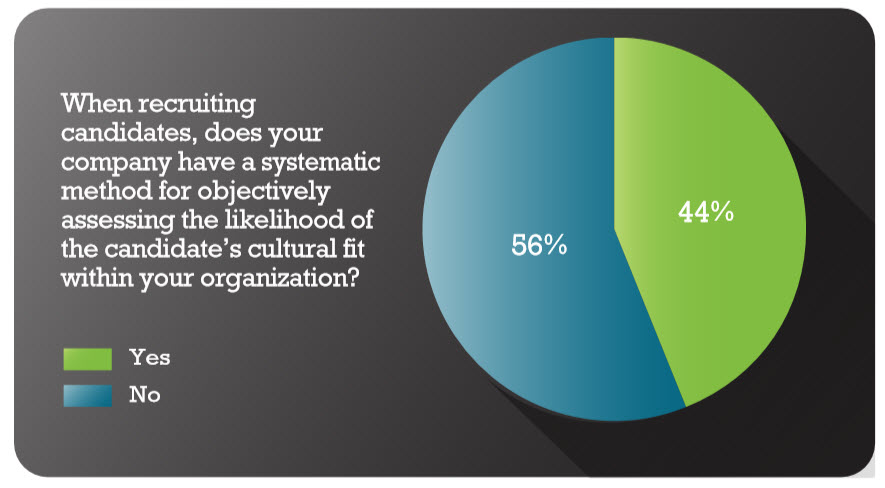When assessing for culture, it’s critical to avoid applying unconscious bias. The question is not whether you want to have a drink with the candidate, but if the candidate possesses the qualities prioritized by your company. Hiring candidates who are a poor culture fit for your organization can cost you dearly—according to the Society for Human Resource Management (SHRM), it can cost that employer between 50–60 percent of the candidate’s annual salary. However, before the hiring team can start assessing a candidate’s cultural fit, they need to define and articulate the organization’s culture and then weave this understanding into the hiring process.
Edgar Henry Schein, a former professor at the MIT Sloan School of Management, published groundbreaking work related to organizational culture. He submitted that culture is “a pattern of shared basic assumptions that the group learned as it solved its problems that have worked well enough to be considered valid and is passed on to new members as the correct way to perceive, think, and feel in relation to those problems.”
So, how can you assess whether a candidate will operate well within the pattern of basic assumptions that the collective has used to effectively solve problems within your company? Unfortunately, the majority of engineering- and IT-based companies 180 Engineering surveyed do not have a systematic way of assessing for cultural fit. However, this can be rectified.

Some Suggested Interview Questions for Determining Cultural Fit
- What type of environment do you thrive in?
- Describe a time when you worked for or with a company where you felt you were not a good fit. Why was it a bad fit?
- What values are you drawn to within the workplace?
- Why do you want to work at our company?
- How would you describe the culture of our company based on what you have experienced so far? Does it feel like a fit for you?
Expose Candidates to as Much as Possible
Expose the candidate to what it would be like to work for your company, and observe the candidate interacting within these settings. Allow them to meet and interact with their future peers in addition to their future boss. Making time for candidates to interact with members of the executive team provides candidates with valuable insights into the company’s broader visions and to gain a better understanding of the leadership team’s priorities.